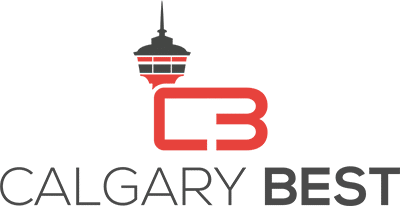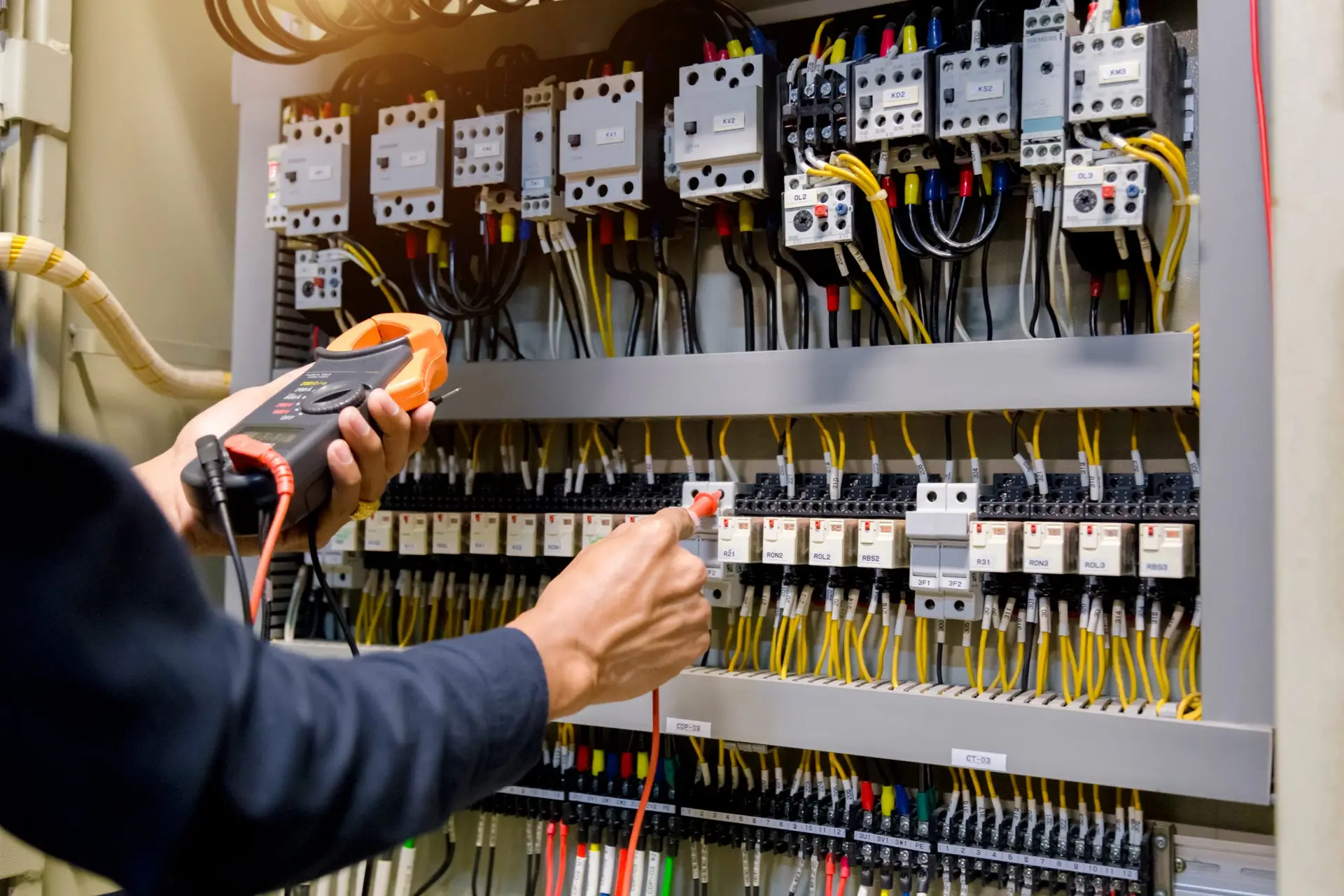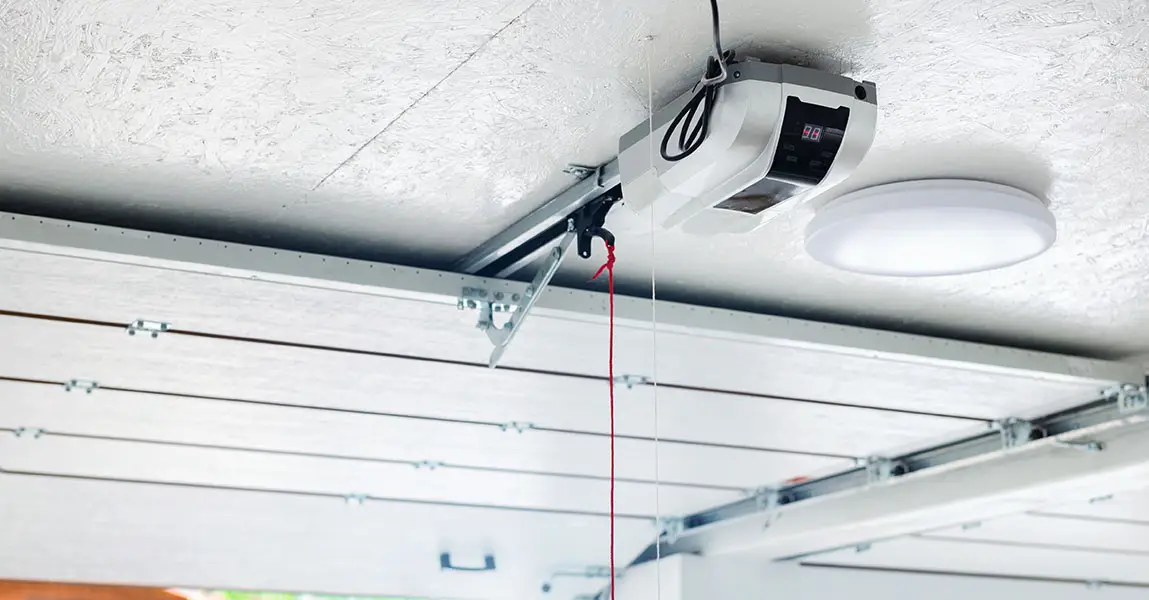Energy costs are one of the most consistent expenses for any business. As operations grow, electricity bills often rise without notice. We understand how easily these small increases affect the bottom line over time. By focusing on smarter electrical choices, we can reduce energy waste, extend equipment life, and lower operating costs. Practical, energy-efficient solutions do not just save money—they improve performance and reliability.
Understanding Energy Use in Commercial Spaces
Every building uses power differently, but certain patterns are common. Lighting, heating, cooling, and production equipment often take the biggest share of energy use. When systems are outdated, they draw more power than necessary. Over time, this becomes a hidden cost.
By reviewing where electricity is used most, we can start identifying waste. Regular audits, motion sensors, and metering tools help uncover inefficient habits or faulty wiring. As a commercial electrical contractor, our experience shows that small fixes often make a noticeable difference before any large upgrades are needed.
Upgrading Lighting Systems for Instant Results
Lighting is one of the simplest areas for improvement. Traditional fluorescent or incandescent bulbs convert most of their energy into heat, not light. LED systems use far less power and last years longer. They also reduce maintenance costs since bulbs need fewer replacements.
In large offices, retail spaces, or warehouses, even a modest lighting upgrade can produce quick savings. Smart lighting controls add another layer of efficiency. Motion or occupancy sensors turn lights off when rooms are empty. Dimming systems adjust brightness based on daylight levels, lowering power use while keeping work areas comfortable.
Beyond cost, better lighting improves safety and employee productivity. The clearer visibility and balanced tones of LEDs reduce eye strain and create a more comfortable workspace.
Smart Controls and Automation
Energy efficiency does not stop with lighting. Modern automation systems help regulate power use across multiple areas of a building. These include programmable thermostats, automated HVAC controls, and energy monitoring dashboards.
When every system communicates through a central control, energy use becomes predictable and easier to manage. Timers and sensors prevent lights, fans, or equipment from running longer than needed. We often find that simple automation provides one of the fastest returns on investment.
Smart controls are especially useful in spaces with irregular occupancy patterns, such as conference rooms or shared facilities. They balance comfort with cost, automatically adjusting power levels based on real-time demand.
Electrical Upgrades for Equipment and Machinery
Older wiring and overloaded circuits can waste significant power through heat loss. In some facilities, this inefficiency is hard to see but easy to measure on utility bills. Rewiring, power factor correction, and upgraded distribution panels can reduce these hidden losses.
Many businesses rely on large motors, compressors, or industrial machines that draw heavy current. Installing soft starters or variable frequency drives (VFDs) helps control electrical flow more efficiently. These devices match motor speed to the required load, preventing energy surges and reducing wear on components.
With proper setup, these upgrades extend the life of critical equipment. Maintenance costs drop, downtime decreases, and the entire system becomes more reliable. It is not about using less energy to do less work—it is about using energy more intelligently.
HVAC Efficiency and Climate Control
Heating and cooling systems consume a large share of power in commercial properties. Regular maintenance and precise control can dramatically lower these costs. Replacing outdated thermostats with smart systems allows fine-tuned temperature management throughout the day.
For larger spaces, zoning controls ensure that only occupied areas receive full heating or cooling. Proper insulation and window sealing keep conditioned air from escaping. These improvements reduce strain on HVAC units, helping them run more efficiently.
Periodic checks of filters, fans, and ducts also prevent wasted energy. When airflow is restricted, systems work harder than necessary, driving up energy use. These small details often make the biggest impact on long-term performance.
Renewable Energy Integration
Businesses increasingly explore renewable options to reduce dependence on traditional power sources. Solar panels, for example, offer long-term savings while stabilizing energy costs. Even partial systems, such as rooftop installations for lighting circuits, can offset a portion of daily consumption.
Battery storage systems are another option. They store excess energy for use during peak hours, reducing the need for grid electricity when rates are highest. Integrating renewables with smart systems ensures seamless operation and improved cost control.
The initial investment in renewable energy can seem high, but available incentives and reduced energy bills make the payback period shorter than many expect. For companies with long-term growth plans, this investment often becomes a practical financial strategy.
Preventive Maintenance for Sustained Savings
Energy-efficient systems only stay efficient with consistent maintenance. Dust, wear, and improper calibration slowly reduce performance over time. Scheduled inspections, thermographic scanning, and circuit testing help identify minor faults before they become expensive repairs.
Preventive care ensures that all systems—especially those controlling heavy loads—stay in peak condition. It also reduces safety risks associated with overheating or electrical faults. For many businesses, maintenance is not just about avoiding downtime; it is about protecting every dollar invested in energy upgrades.
We often recommend setting a yearly inspection schedule that covers wiring integrity, breaker panels, lighting controls, and grounding systems. This proactive approach saves more than waiting for problems to appear.
Measuring Results and Tracking Savings
Energy savings should always be measured to confirm that upgrades are working as expected. Smart meters, submetering tools, and data reports show how much power each system uses daily. Comparing this data before and after upgrades provides clear proof of improvement.
Tracking results also helps identify new opportunities for optimization. For instance, if lighting shows large savings but HVAC still runs high, the next step becomes clear. This ongoing cycle of improvement keeps efficiency growing year after year.
Some energy providers offer rebates or financial rewards based on measurable reductions. By maintaining accurate records, businesses can take advantage of these programs while promoting sustainable practices internally.
The Hidden Financial Benefits of Energy Efficiency
While lower utility bills are the most visible reward, the financial impact of energy efficiency goes beyond that. Reduced strain on equipment lowers repair costs and delays replacement needs. A well-balanced electrical system also prevents downtime that interrupts production or customer service.
In addition, businesses that follow efficiency standards often qualify for green certifications or energy grants. These benefits strengthen their reputation and support long-term sustainability goals. When energy costs stabilize, financial planning becomes easier and more predictable.
Ultimately, energy-efficient practices are not just about saving money each month—they build resilience into the business itself.
Employee Engagement and Awareness
Employees play a major role in the success of any energy-saving plan. Even the most advanced systems cannot perform efficiently if people ignore them. Encouraging awareness about energy use turns small daily actions into measurable savings.
Simple reminders—turning off lights, shutting down unused equipment, or closing doors—make a real difference. Providing feedback through energy dashboards or periodic reports keeps teams motivated and informed.
When staff see the results of their actions, efficiency becomes part of the company culture. Everyone contributes to the same goal: reducing waste and improving performance.
Creating a Long-Term Energy Strategy
Energy management works best as an ongoing process rather than a one-time project. Setting short- and long-term goals keeps improvements on track. Begin with the easiest upgrades, such as LED lighting or automation, then move toward larger investments like renewable integration or electrical redesign.
Each stage builds momentum and provides measurable progress. With professional guidance, businesses can develop a roadmap that balances upfront cost with long-term savings. The most successful strategies combine modern technology with regular maintenance and employee cooperation.
If you are looking to evaluate your current setup or plan the next step, we invite you to contact us. Discussing your needs with qualified professionals ensures that every solution fits your building’s layout, equipment, and goals.
FAQs
1. How do I know if my building needs an electrical efficiency upgrade?
Look for rising utility bills, frequent equipment repairs, or flickering lights. These are common signs of outdated or overloaded systems. An energy audit can confirm where improvements are needed.
2. Are LED lighting upgrades really worth the cost?
Yes, LEDs use far less energy and last years longer. They also reduce maintenance time and improve overall lighting quality. The savings usually cover the cost within a short period.
3. Can automation systems work in older buildings?
Absolutely. Smart controls can be installed with minimal disruption. They integrate with existing systems to manage lighting, HVAC, and power use more efficiently.
4. How often should electrical systems be inspected for energy efficiency?
Once a year is ideal. Regular inspections help detect minor issues early and maintain the full performance of your electrical systems.
5. What is the first step toward improving energy efficiency in my business?
Start with a professional assessment. A licensed expert can identify high-energy areas and recommend practical, cost-effective solutions for your facility.










